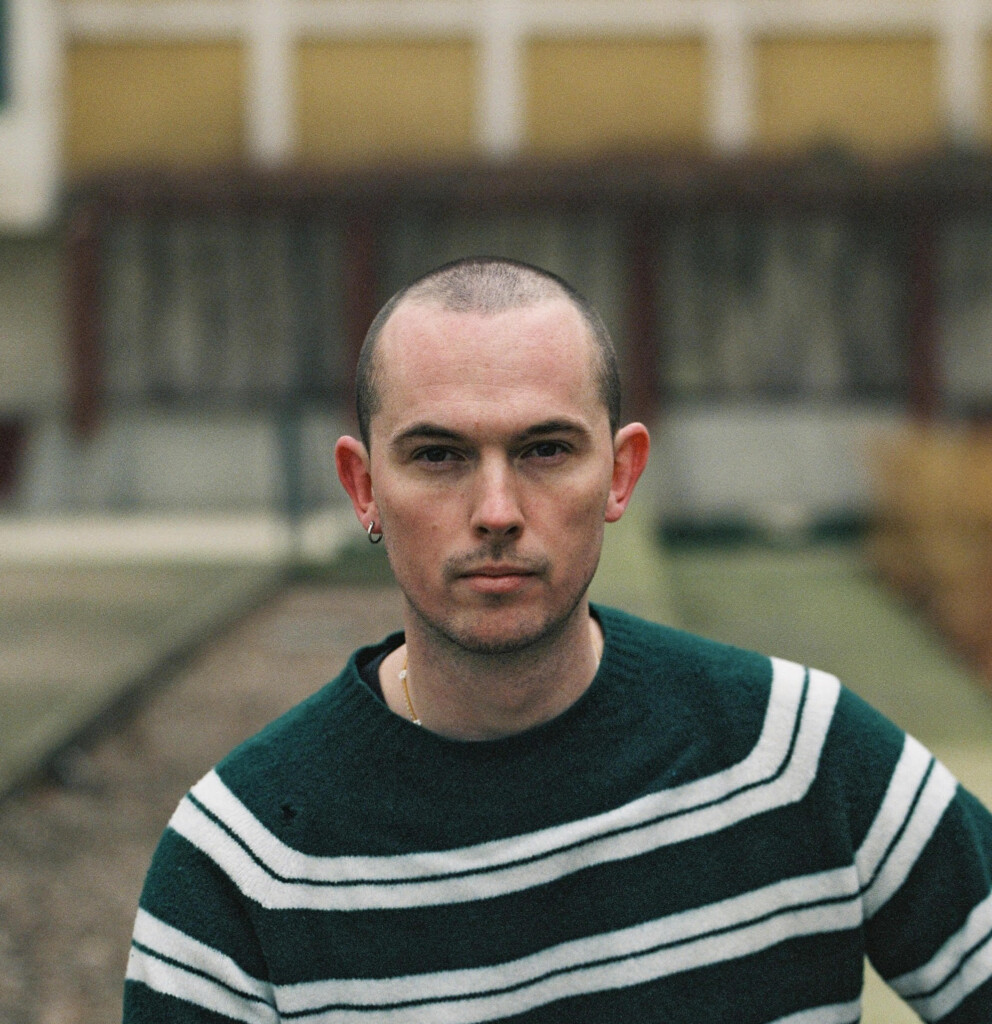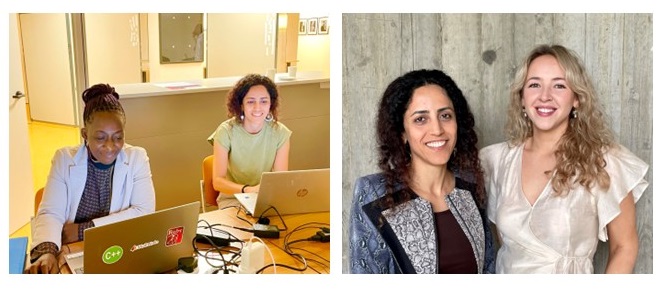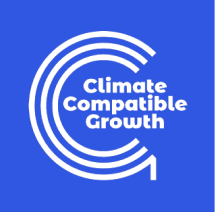Fynn is a Research Assistant at CCG, focussing on energy systems modelling using the OSeMOSYS and MAED tools. He is Model Curator for MAED which involves delivering training at EMP events, building and maintaining the MAED database, and developing training material. Fynn is also Country Coach for the Sierra Leone project, guiding staff from key national institutions (Ministry of Energy, Ministry of Finance, University of Sierra Leone) through the Data-to-Deal process. We caught up with him at the EMP-Global in August 2024 where he led the MAED track, supporting students from South Africa and Uganda.
Is this your first EMP?
It’s my second one. My first was the EMP-Africa in Ghana. This is the first one that I’ve led because in Ghana I co-led it with Neve Fields who has really good experience with MAED and provided a lot of the technical help.
This was a new challenge and fortunately, all of the participants were really engaged. There were varying levels of experience in energy modelling including someone who was just starting out. It was interesting to move between different levels of expertise in the classroom and have to adapt my teaching style. You realise how many assumptions you make as someone with experience, but for newcomers, some things are not obvious. I really enjoyed it and seeing how those case studies progressed.

Tell me a bit more about that. What were the challenges that the individual members brought to the group?
We had a group from South Africa looking at modelling energy demand in residential cases for water heating. They found a specific policy which stipulated, contrary to common sense, a limit to the amount of electricity going into heating water. This seems counterintuitive because, most of the time when you think about energy efficiency, you want more (clean) electricity. But in the case of South Africa, they’ve got a grid that is very expensive, and the tariff keeps increasing. Also, it’s really carbon intensive because electricity is mainly generated using coal, and it’s very unreliable because the infrastructure is quite old, so they have rolling blackouts throughout the day. So, they were investigating the different levels of support required to encourage the uptake of solar water heating systems.
And what did they find?
They identified that if the government created this policy, but didn’t offer any financial help to install solar water heating systems, this would increase the use of biomass, fossil fuels, and other polluting alternatives. They were also looking at it from different income perspectives. High-income groups clearly would not need as much financial assistance, but the lower-income group don’t have that capital to spend. So, they were looking at what difference government support would make for lower-income households including changes in electricity demand, and the costs of infrastructure to connect households.
It was a really cool case study, I think, because water heating is not often looked at compared to, say, cooking, but this one proved to be very interesting.

What are they going to do when they take their work back? What’s the end product going to be?
I’m helping them publish the paper once the scope has been defined. They may add other end uses and do a full residential sector analysis, incorporating cooking and space heating, air conditioning, and so on. They’re also very keen to implement it into the workflow of the research group that they’re a part of at University of Cape Town because that will make the huge amount of data they’ve got more usable, and spread the expertise across the team.
Implementing an established methodology like MAED with an easy-to-use interface, learning material available freely online, and EMP events where you can send people to get trained, improves that workflow a thousand times, and builds trust with stakeholders when you’re communicating your findings. You can say that this is a model developed by the IAEA back in the 80s, and it’s been applied hundreds of times around the world.
So it’s proven.
After EMP-G what work will you continue?
I’m on the Sierra Leone affiliate country project and that’s involved me being in Sierra Leone for three months, doing work with the Ministry of Energy and co-developing an OSeMOSYS model and a MAED model. We did an analysis focused on electricity. Neve did the MAED analysis while I was building the OSeMOSYS model with a representative from the Ministry.
Tell us more about working with the Ministry.
Nelson Lemoh who is here in Trieste, is from the Ministry of Finance, with whom we have an ongoing relationship. Two other people from the Ministry of Finance attended the previous EMP-Africa that I was at, and they nominated Nelson to come here.
We’re also trying to support an energy research centre out there, which is part of the university. But a big focus is on building up financial modelling skills in the Ministry of Finance and the Ministry of Energy.
And do you see any of the people that you were teaching this time as becoming trainers in the future?
Yes, definitely, with a few more EMPs under their belts. With the Energy Modelling Community launched recently and the train-the-trainers scheme, it’s a possibility. I think at each EMP there are always one or two people who look like they’ve got potential.
You mentioned that some participants were very new to energy modelling, how user friendly are the models for people who are coming to them for the first time?
The great thing about MAED is that it’s designed for less experienced users. It’s designed to be easy to use with a shallow learning curve. When you compare it to a lot of other models that, for example, incorporate advanced mathematical concepts, it’s really straightforward.
Thanks very much for talking to us, Fynn.
